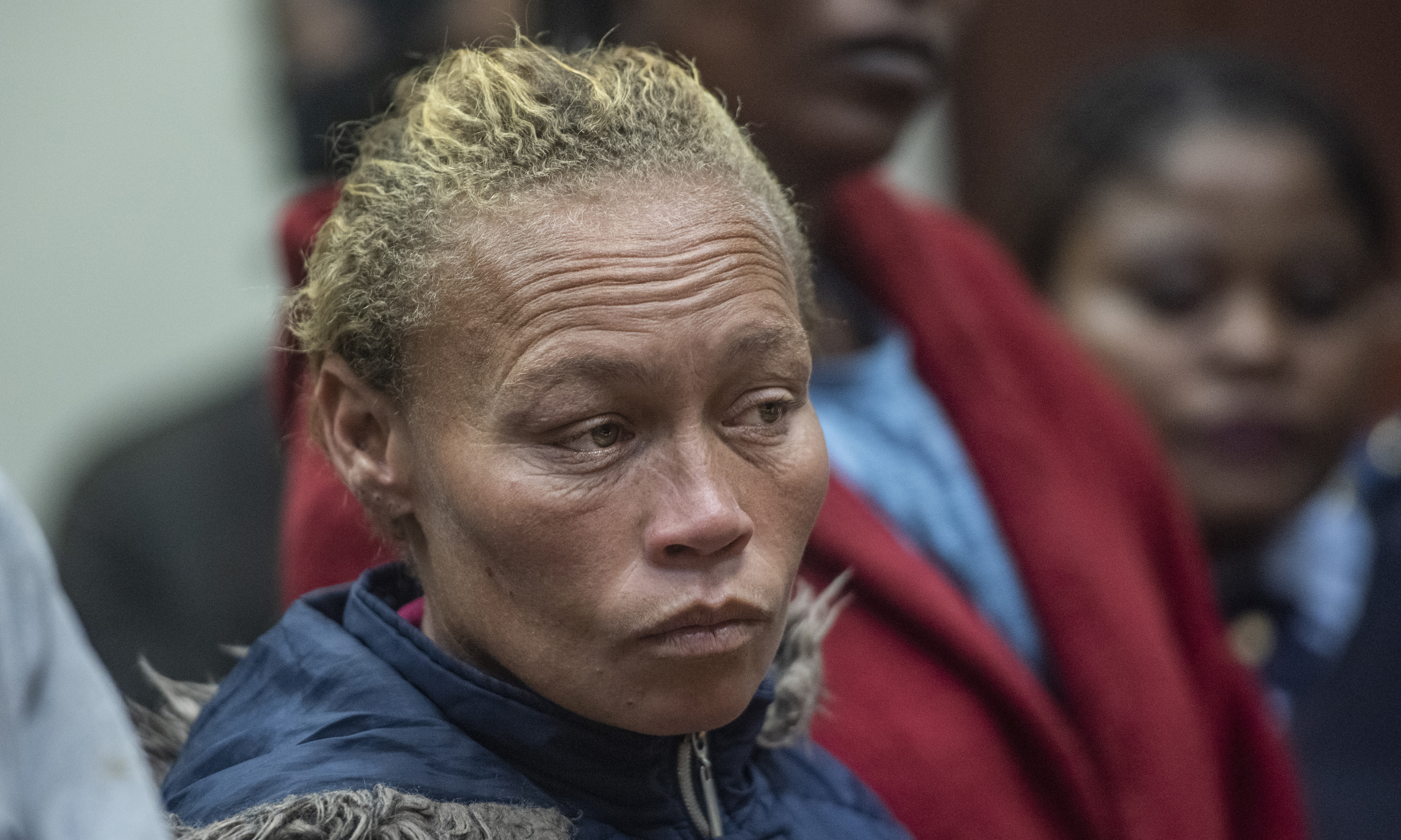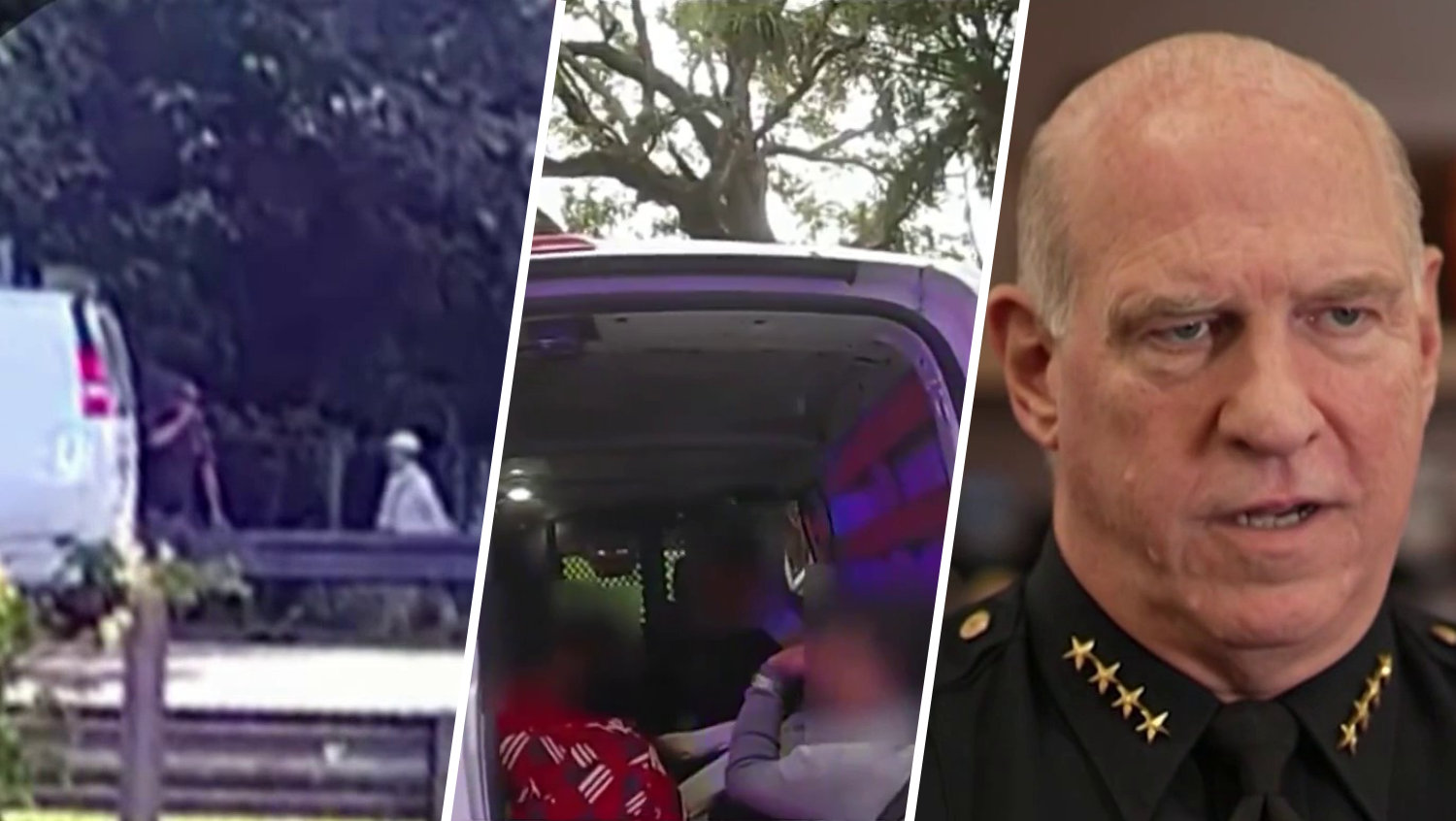Kidnapped Daughter: SA Mom Convicted – Where is Joshlin?
A Mother's Betrayal: South African Woman Convicted in Daughter's Kidnapping and Sale
Introduction: A Nation's Shock and Outrage
Imagine the unthinkable: a parent, the very person entrusted with protecting their child, orchestrating their disappearance and sale. In South Africa, this nightmare has become a reality. Racquel Chantel Smith, known as Kelly Smith, has been convicted of kidnapping and human trafficking in connection with the disappearance of her 6-year-old daughter, Joshlin. This case has not only shocked the nation but has also ignited outrage and demands for justice.
The Disappearance of Joshlin: A Timeline of Terror
Joshlin Smith vanished in February 2024 from Saldanha Bay, a coastal town north of Cape Town. What started as a missing person's case quickly spiraled into something far more sinister. How could a child simply disappear without a trace?
The Initial Response: Community Support and False Hope
Initially, Kelly Smith portrayed herself as a distraught mother. The community rallied around her, organizing searches in the surrounding sand dunes and offering support. A photograph of Joshlin, a smiling child with pigtails, became ubiquitous in the media, a symbol of hope and a desperate plea for her safe return.
Unraveling the Truth: Suspicion and Arrests
As the investigation progressed, suspicion began to fall on Kelly Smith and her associates. Discrepancies in her statements and mounting evidence pointed to a far more sinister scenario. Eventually, Smith, her boyfriend, and their friend were arrested and charged with kidnapping and human trafficking.
The Charges: Kidnapping and Human Trafficking – A Heinous Crime
The charges against Kelly Smith and her co-accused are incredibly serious. Kidnapping involves the unlawful seizure and detention of a person, while human trafficking is the recruitment, transportation, transfer, harboring, or receipt of persons, by means of threat or use of force or other forms of coercion, of abduction, of fraud, of deception, of the abuse of power or of a position of vulnerability or of the giving or receiving of payments or benefits to achieve the consent of a person having control over another person, for the purpose of exploitation. In Joshlin's case, the alleged motive was financial gain.
The Trial: Evidence and Testimony
The trial was a harrowing ordeal, filled with disturbing evidence and emotional testimony. While details remain sealed to protect the ongoing investigation and potential future proceedings, it is understood that the prosecution presented a compelling case against Smith and her co-accused. What kind of evidence led to the conviction? While the specifics remain confidential, it's clear that the court was convinced beyond a reasonable doubt.
The Conviction: Justice Served, But the Search Continues
The conviction of Kelly Smith and her co-accused is a significant step towards justice for Joshlin. However, the most agonizing part of this case is that Joshlin remains missing. The search for her continues, and the hope remains that she will be found and brought home.
The Impact on the Community: Shattered Trust and Grief
The disappearance of Joshlin and the subsequent conviction of her mother have had a devastating impact on the Saldanha Bay community. Trust has been shattered, and grief hangs heavy in the air. How do you reconcile with such a betrayal within your own community?
The Wider Problem: Human Trafficking in South Africa
Joshlin's case has shone a spotlight on the pervasive problem of human trafficking in South Africa. Vulnerable children are often targeted, lured by false promises and exploited for financial gain. Is enough being done to protect these children?
Factors Contributing to Vulnerability
- Poverty and Inequality: Socioeconomic disparities create conditions where children are more susceptible to exploitation.
- Lack of Education and Awareness: Limited access to education and awareness campaigns makes it difficult for communities to identify and prevent trafficking.
- Weak Law Enforcement: Inadequate resources and training for law enforcement agencies hinder their ability to effectively combat trafficking networks.
The Role of Social Media: Amplifying the Search and the Outrage
Social media played a crucial role in amplifying the search for Joshlin and raising awareness about her disappearance. However, it also became a platform for outrage and speculation. While social media can be a powerful tool for good, it also has the potential to spread misinformation and fuel harmful narratives.
The Importance of Child Protection: Safeguarding Vulnerable Children
Joshlin's case underscores the urgent need for strengthened child protection measures in South Africa. This includes improved social services, increased community awareness, and stricter enforcement of child protection laws.
Key Child Protection Measures
- Early Intervention Programs: Identifying and supporting vulnerable families before a crisis occurs.
- Reporting Mechanisms: Encouraging community members to report suspected cases of child abuse or neglect.
- Secure Shelters and Foster Care: Providing safe havens for children who have been removed from their homes.
The Psychological Impact on the Family: A Lifetime of Trauma
While the focus is understandably on Joshlin, it's crucial to remember the profound psychological impact this case has on her extended family. The trauma of her disappearance and the betrayal by her own mother will undoubtedly leave lasting scars. How do you begin to heal from such a profound loss and betrayal?
The Legal Process: Sentencing and Appeals
With the conviction secured, the legal process now moves to the sentencing phase. The judge will consider various factors, including the severity of the crime, the impact on the victim, and the circumstances of the accused, before handing down a sentence. It's also possible that the convicted parties will appeal the verdict, potentially prolonging the legal proceedings.
The Search for Joshlin: Hope Remains Alive
Despite the convictions, the most important task remains: finding Joshlin. Law enforcement agencies and community members continue to search for her, clinging to the hope that she will be found alive and brought home. Every clue, every lead, is pursued with unwavering determination. Will Joshlin ever be found?
Lessons Learned: Preventing Future Tragedies
Joshlin's case serves as a stark reminder of the vulnerabilities that children face and the importance of vigilance and proactive measures. By learning from this tragedy, we can work towards preventing similar incidents from occurring in the future. What steps can we take to ensure that no other child suffers the same fate?
Conclusion: A Call to Action
The conviction of Kelly Smith is a bittersweet victory. While it brings a measure of justice for Joshlin, it does not bring her home. This case is a call to action, urging us to strengthen child protection measures, combat human trafficking, and create safer communities for all children. We must never forget Joshlin, and we must continue to fight for her safe return and to prevent such tragedies from ever happening again. Let her memory be a catalyst for change.
Frequently Asked Questions (FAQs)
- What are the typical sentences for kidnapping and human trafficking in South Africa?
Sentences for kidnapping and human trafficking in South Africa vary depending on the circumstances of the case, but they can range from several years to life imprisonment. Aggravating factors, such as the age of the victim and the level of violence involved, can significantly increase the sentence.
- What resources are available for families of missing children in South Africa?
Several organizations in South Africa provide support to families of missing children, including the South African Police Service (SAPS), Missing Children South Africa, and various NGOs. These organizations offer assistance with search efforts, counseling, and legal advice.
- How can I report a suspected case of child abuse or human trafficking in South Africa?
<
Suspected cases of child abuse or human trafficking can be reported to the South African Police Service (SAPS) or to the National Child Protection Hotline. You can also contact local social services or NGOs that specialize in child protection.
- What are some of the signs that a child may be a victim of human trafficking?
Some signs that a child may be a victim of human trafficking include unexplained absences from school, changes in behavior, signs of physical abuse, and being accompanied by someone who seems to be controlling their movements.
- What can I do to help prevent human trafficking in my community?
You can help prevent human trafficking by raising awareness about the issue, supporting organizations that work to combat trafficking, reporting suspected cases, and advocating for stronger child protection laws.

